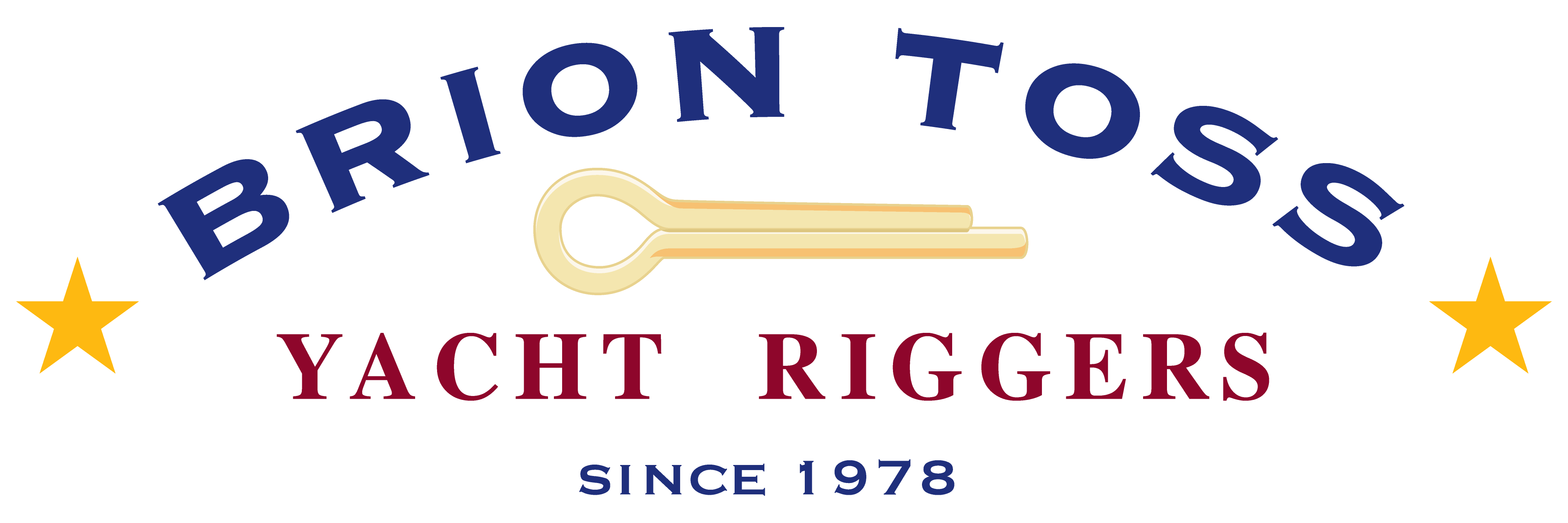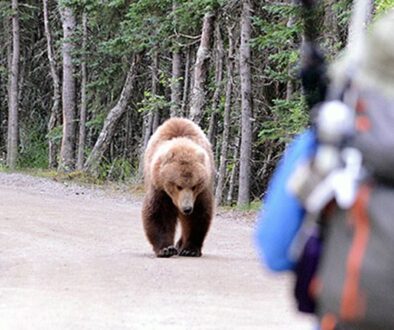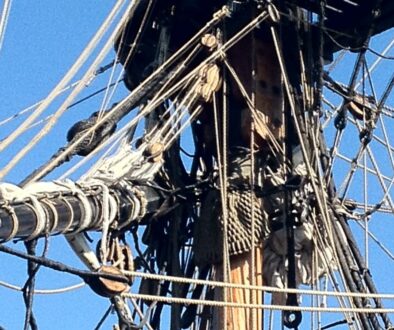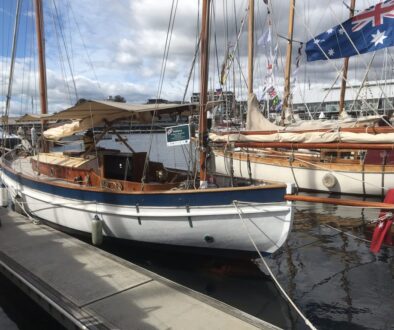Annapolis, Coda

On the outskirts of Annapolis there is an eatery called “Carlson’s Donuts and Thai Food Restaurant.” No, really, there really is. We went there one night, at the end of the boat show, with our dear friend Pam Wall, a woman who appears to be a cross between Ruth Bader Ginsberg, Wonder Woman, and a particularly mischievous elf. Pam, along with her late, much-missedhusband Andy, cruised the seas for years in their 39ft. cutter “Kandarik,” and now Pam counsels, coaches, and educates would-be cruisers, telling them what they need to take with them, what they think they need to take with them but actually don’t, how to relate to the assorted cultures and bureaucracies they will encounter, and all the other details that maximize the possibility that their voyaging will be the kind of lyrical, fulfilling adventure that they have dreamt it would be, and not the horrifically expensive, hazardous, soul-killing, and exhausting disaster that it by all odds actually should be. Pam is their guide, mentor, reality check, cheerleader, and, when needed, the are-you-kidding-me slap across the face that we all need once in a while.
On a different outskirt of Annapolis you will find Chesapeake Bay Sailmakers, and this past weekend the loft hosted a rigging workshop taught by yours truly, produced by Mia and Andy Schell, two utterly capable, ridiculously young, and infectiously enthusiastic sailors, who, like Pam, make a living helping others to learn how to do what they love to do. They are all adventurers who have returned to our world to say, “We are not special, but we have seen marvels, seen beauty; we wish to share these wonderful things with you.”
Mia and Andy’s method is at the experiential end of the spectrum; they take would-be cruisers out on extended trips aboard their magnificent 48ft Swan “Isbjorn,” to show first-hand what this voyaging thing is all about. It can be a delusion-shattering exercise, and tends to weed out those who hadn’t realized that offshore sailing is a sequence of grueling, terrifying, boring, and ecstatic events, with no guarantee of the latter. Those foolish enough not to be dissuaded by the experience are probably doomed to become cruisers.
To help dissuade a broader audience, Mia and Andy also host a marvelous podcast (“On the Wind”), as well as live workshops, like the one they invited me to teach. Over the course of a weekend I did my best to help them in their mission, describing all the rig-related horrors that cruising sailboats are subject to. Despite my best efforts, no one ran screaming from the room, no one decided to take up taxidermy or ice-skating, and everyone asked pertinent, sensible questions. I fear there is no hope for any of them.
Later this week I’ll be surveying the rig of a Valiant belonging to two of the students. Over the years I have treated cruising vessel surveys with ever-increasing gravity and attentiveness. These are vessels that will carry a hopeful crew towards beauty, towards fulfillment, towards awareness. I want to do what I can to make sure that at least my corner of things is as good and sound and user-friendly as it can be.
Before leaving Annapolis, we visited the Naval Academy Museum. The second floor is entirely given over to a stupendous array of ship models from the age of sail. The smallest are the size of a shoe, but a fantastically detailed, exquisitely rendered shoe. The larger models can be two feet long, or more, and the level of skill that went into them is such that, after a while, one can forget that one is looking at a model, and start to feel what the actual ship must have been like, how its massive hull dwarfed the tiny humans it sheltered, what it must have been like to venture upon the sea in it. Most of these were construction models, built as guide and inspiration for the construction of the actual ship, so perhaps there is some quantum entanglement going on here.
But along the back wall is a collection of an entirely different kind of model. These were built by French prisoners of war while they were held captive in England during the Napoleonic wars. The prisoners were destitute, and sometimes living in appalling conditions, but they weren’t about to sit around and winge; instead they collected scraps of cattle bones – cattle bones! – and fashioned them into planks and spars and cannons and all the components of full-rigged ships. They did so with stunning artistry, really unbelievable skill.
These builders offered their work for sale to the British public, making something of a living from that. But this kind of creation cannot be explained on mercantile principles. These were sailors who had been to sea, had fought storms on the sea, had fought battles on the sea. The models were their testimony. They were, I think, saying, “We are not special, but we have seen marvels, seen beauty; we wish to share these wonderful things with you.”



